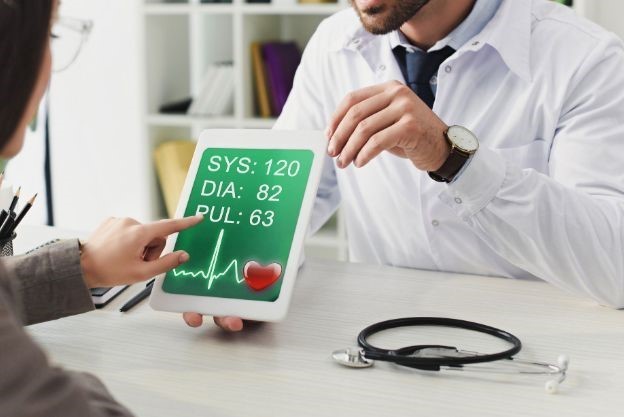
Health Information Technologies Improve Patient Safety
Modern technologies are now being used to identify health care related issues, and then prevent them from happening again.
 1. E-prescribing allows physicians to place orders by making use of Internet-connected devices. While the first generation of applications were designed with the single goal of allowing medical specialists to order medication safely, modern systems also make it possible to order tests, consultations, and more.
1. E-prescribing allows physicians to place orders by making use of Internet-connected devices. While the first generation of applications were designed with the single goal of allowing medical specialists to order medication safely, modern systems also make it possible to order tests, consultations, and more.
Physicians use Computerized Provider Order Entry (CPOE) systems, which have replaced the traditional, paper-based ordering procedures. The system can also trigger alerts when the order is potentially unsafe: when it detects duplicate drug therapies, unwanted drug-drug interactions, or when it determines that a patient is allergic to certain active substances or excipients.
2. Clinical Decision Support tools. While physicians may still err, their input is often checked by a Clinical Decision Support application, also known as a CDS, which can improve the decision-making process in a significant manner. Most CDSs will suggest typical drug dosage and frequency of administration, thus helping physicians determine if the desired treatment plan is correct or not.
It is known that some physicians tend to ignore the CDS alerts, though. To fix this issue, developers have built improved versions of the software, which prompt the doctors to explain why they want to override the clinical decision support tool's recommendation. CDS tools have the potential to improve patient safety, provided that they are properly implemented and operated.
3. Bar Code Medication Administration (BCMA) systems utilize barcodes to improve patient safety by validating medications which may look very similar or have nearly identical names, for example. Most BCMA systems include a small-sized printer that's used to create unique barcode labels for each drug, a server which runs a dedicated application, one or more laptops or tablets which can connect to the server by making use of the Internet or the local network, and a barcode scanner/reader. The bar code data is read using the scanner, decoded by the mobile device, and then sent to the server, which compares the name of the drug with the one in the prescription, validating it.
Several studies have demonstrated that health care units which use BCMA have managed to reduce drug administration errors by 60-80%. Recently, very similar systems started to be used for medical billing purposes as well, saving medical personnel and patients time and money.
4. Telemedicine uses electronic devices and software applications to facilitate communication between providers or offers patient/provider information and data exchange. Communication can be synchronous, when the exchange of information takes place in real time by making use of 2-way video and audio systems, or asynchronous.
Due to this innovative technology, patients who live in rural areas can connect with their physicians and share the required information remotely. Additionally, people who live in urban areas and prefer to consult their doctors from the comfort of their homes can do that as well.
Telemedicine is convenient and helps everyone save time. While it had a timid start, specialists agree that it will become prominent in the near future, as the population becomes more and more tech savvy. More than this, telemedicine allows caregivers to monitor their relatives, friends and/or patients remotely, by making use of medical devices which can collect patient data in real time.
